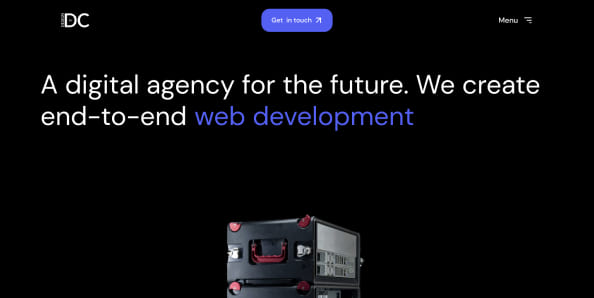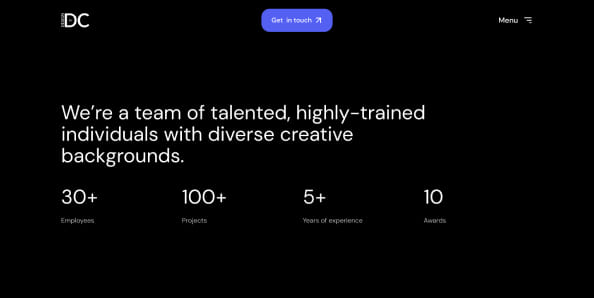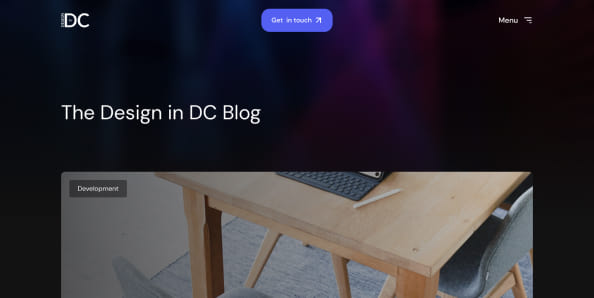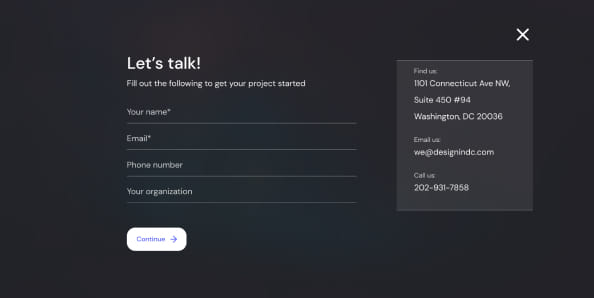Building a Web App from Scratch: Tips and Best Practices
Building a web app can seem like a daunting task, but with the right approach and tools, it can be a rewarding and fulfilling experience. In this blog post, we will provide a step-by-step guide on how to build a web app from scratch, covering everything from planning and design to development and deployment.
Step 1: Define the Purpose and Scope of Your Web App
Before you begin building your web app, you need to have a clear understanding of its purpose and scope. Ask yourself questions like:
- What problem does my web app solve?
- Who is my target audience?
- What features and functionalities does my web app need?
- How will users interact with my web app?
Once you have answered these questions, you can create a list of requirements and specifications for your web app. This will serve as a roadmap for the rest of the development process.
Step 2: Choose Your Tech Stack
A tech stack is a set of technologies and tools that you will use to build your web app. There are many different options available, but some of the most popular ones include:
- Front-end frameworks: React, Angular, Vue.js
- Back-end frameworks: Node.js, Ruby on Rails, Django
- Databases: MySQL, PostgreSQL, MongoDB
- Cloud platforms: AWS, Google Cloud, Azure
Your choice of tech stack will depend on factors like your expertise, the complexity of your web app, and your budget. It’s important to choose technologies that are well-supported and have a strong community, as this will make it easier to find help and resources if you run into any issues.
Step 3: Create a Wireframe and Design Mockup
A wireframe is a simple, low-fidelity blueprint of your web app that outlines its structure and layout. It’s an important step in the design process, as it helps you visualize the user interface and identify any potential usability issues.
Once you have created a wireframe, you can create a design mockup that incorporates your brand identity and visual style. This will give you a clearer picture of what your web app will look like and how it will function.
There are many tools available for creating wireframes and design mockups, including:
- Figma
- Sketch
- Adobe XD
- InVision
Step 4: Set Up Your Development Environment
Before you can start coding your web app, you need to set up your development environment. This involves installing the necessary software and tools on your computer, including:
- A code editor: Visual Studio Code, Atom, Sublime Text
- Git: A version control system for tracking changes to your code
- Node.js and npm: Required for running and managing dependencies for many front-end and back-end frameworks
- Your chosen back-end framework and database
Once you have set up your development environment, you can start building your web app.
Step 5: Build the Front-End of Your Web App
The front-end of your web app is what users see and interact with. It’s responsible for displaying content, handling user input, and communicating with the back-end.
To build the front-end of your web app, you will need to:
- Write HTML, CSS, and JavaScript code to create the user interface and implement functionality
- Use a front-end framework like React or Angular to simplify development and provide additional features and tools
- Use a package manager like npm or Yarn to manage dependencies and packages
Some tips for building an effective front-end include:
- Keep the user interface simple and intuitive
- Use responsive design to ensure your web app looks good on all devices
- Test your front-end code thoroughly to ensure it works correctly and is accessible to all users
Step 6: Build the Back-End of Your Web App
Building the back-end of a web app is a crucial step in the web app development process. It involves creating the server-side logic and database management that powers the functionality and data storage for your application. Here are the steps to building the back-end of your web app:
- Choose a Back-End Framework and Database: The first step in building your back-end is selecting a back-end framework and database that meet the requirements of your web app. Popular back-end frameworks include Node.js, Ruby on Rails, and Django, and common databases include MySQL, PostgreSQL, and MongoDB.
- Define the Data Model: Next, you need to define the data model for your web app. This involves creating a database schema that defines the structure and relationships between different types of data. You can use an ORM (Object-Relational Mapping) tool to simplify this process.
- Write Server-Side Logic: Once you have defined the data model, you can start writing the server-side logic that will handle requests from the front-end and interact with the database. This involves writing code in your chosen programming language to implement the functionality of your web app, such as user authentication, data validation, and business logic.
- Create RESTful APIs: RESTful APIs (Application Programming Interfaces) provide a way for your front-end to communicate with your back-end. You need to create a set of API endpoints that enable your front-end to interact with the server-side logic and retrieve or manipulate data from the database.
- Integrate with Front-End: Once you have created the server-side logic and APIs, you need to integrate your back-end with the front-end of your web app. This involves using client-side JavaScript to make API requests to your back-end and update the user interface in response to the server’s response.
- Test and Debug: It’s important to test and debug your back-end code thoroughly to ensure it is working correctly and efficiently. This involves unit testing, integration testing, and stress testing to identify and fix any bugs or performance issues.
- Secure Your Back-End: Finally, you need to ensure your back-end code is secure by implementing measures like encryption, authentication, and access control to protect sensitive user data and prevent unauthorized access to your web app.
By following these steps, you can build a robust and secure back-end for your web app that powers its functionality and data storage.
Building a web app can be a challenging but rewarding process. From defining the purpose and scope of your web app to building the front-end and back-end, there are many steps involved in creating a successful web app. By choosing the right tech stack, creating a wireframe and design mockup, setting up your development environment, building the front-end and back-end, and thoroughly testing and securing your code, you can create a web app that meets the needs of your target audience and solves a real-world problem. Whether you’re a beginner or an experienced developer, building a web app is an exciting opportunity to learn new skills, express your creativity, and make a positive impact on the world.
Don’t forget to follow us on Social media if you want to stay up to date with all of the latest Design In DC news!












